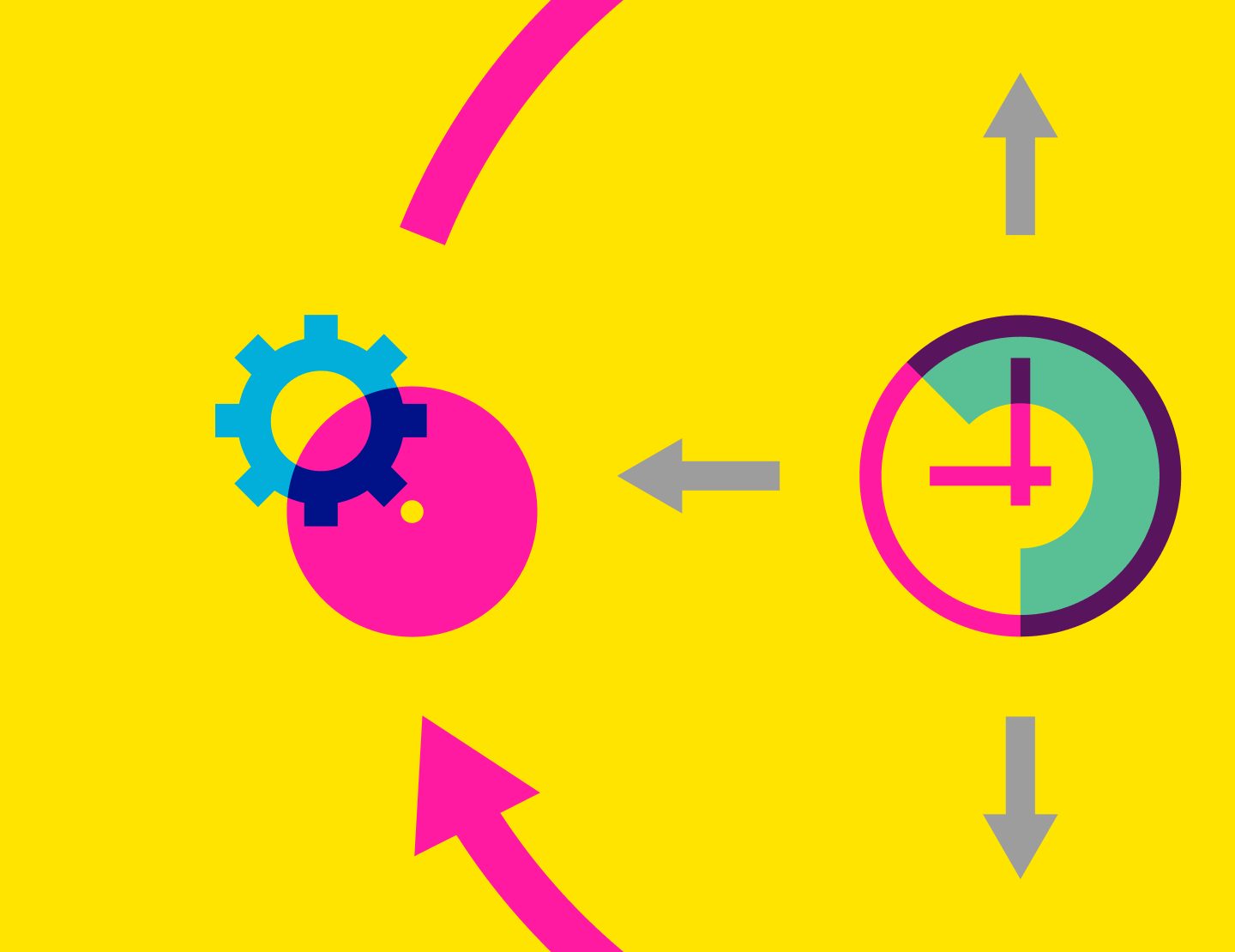How to secure your digital service's competetiveness?
Are your digital services up-to-date? Do they still serve their purpose? Let us tell you how to keep your services profitable and flourishing.


The tooth of time bites into IT systems from many directions. Good care and continuous development offer protection. Sometimes, however, a system or service reaches a limit after which replacement becomes more affordable than repair.
The decay is most visible in user interfaces, when a service or a way of doing business no longer fulfills its purpose, is limited compared to competing alternatives, or simply feels old-fashioned. Age affects background systems more insidiously.
The inevitable consequence of the passage of time is that, without care, the ratio of costs and income deteriorates.
Care and development protect against information overload, control technology debt, and maintain competitiveness. The value created by continuous development can be seen both in the reduction of infrastructure and maintenance costs, the acceleration of new development and the improvement of efficiency, as well as in the ease of the work of various stakeholders and an ever-deepening commitment to your company's services.
For the modernization of digital services, we offer several good solutions, each of which is suitable for different circumstances. Whatever your situation is, all our services aim at long-term cooperation and a customized process, with the goal of the systematic reduction of operating and infrastructure costs, continuous and sustainable value generation and quality improvement.
Three digital service survival strategies
The modernization of digital services can be approached from many angles. Its important to recognize whether it is worth continuing the service at all, whether it should just be tolerated for the time being, or whether the service is so central to the business now and in the future that it is appropriate to invest in it. Even then, the option may be to continue offering the service with the same system - or switch directly to an even better option, if it brings superior benefits.
Depending on the potential of the service, the amount of maintenance and development debt and the burdens of service development, the development model of an individual system or service can be reduced to three different survival strategies.
1. Rebirth
We replace the old by creating a new one from a clean slate - of course, taking into account the migration of information, integrations, habits and other ties. This is invariably the most expensive and the last option, which is resorted to only when forced. At the same time, it is an opportunity to completely reform in one go.
2. Renovation from the inside
We build a new one, utilizing the strengths of the old solution and weeding out the weaknesses and irrelevances. Old does not always mean outdated. If the base is developable and the organization's know-how and processes support the existing development. Often, for example, the core systems responsible for business operations last well, while the user interface changes in terms of aesthetics as soon as the wind of design trends changes direction.
3. Managed compensatory expansion
New or ready-made components or SaaS services on offer are produced or customized for new needs alongside the old, ever-shrinking offer. Perhaps the old one is necessary, but it cannot be developed directly. It could be, for example, a closed system or a product with limited customization options. In this case, the solution is to build a new one around the old one.
But what about the status of your systems and services?
Are the digital services you offer and their user interfaces up-to-date compared to the benchmarks? Do they still serve their purpose?
Are the costs of infrastructure, maintenance and development within the normal range? Are they predictable? Controllable?
Which services are necessary for your business? Are there some that should have been replaced already? Or maybe in a few years?
What kind of process do you follow to verify that the services are up-to-date?
Contact us and we will tell you more about our approach and how the investment made in services is kept productive and flourishing.




